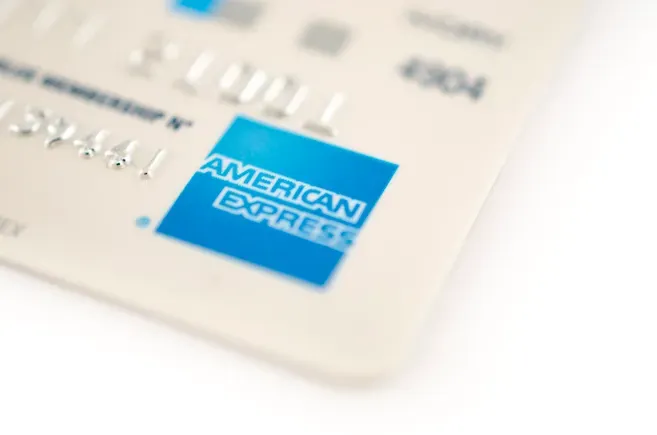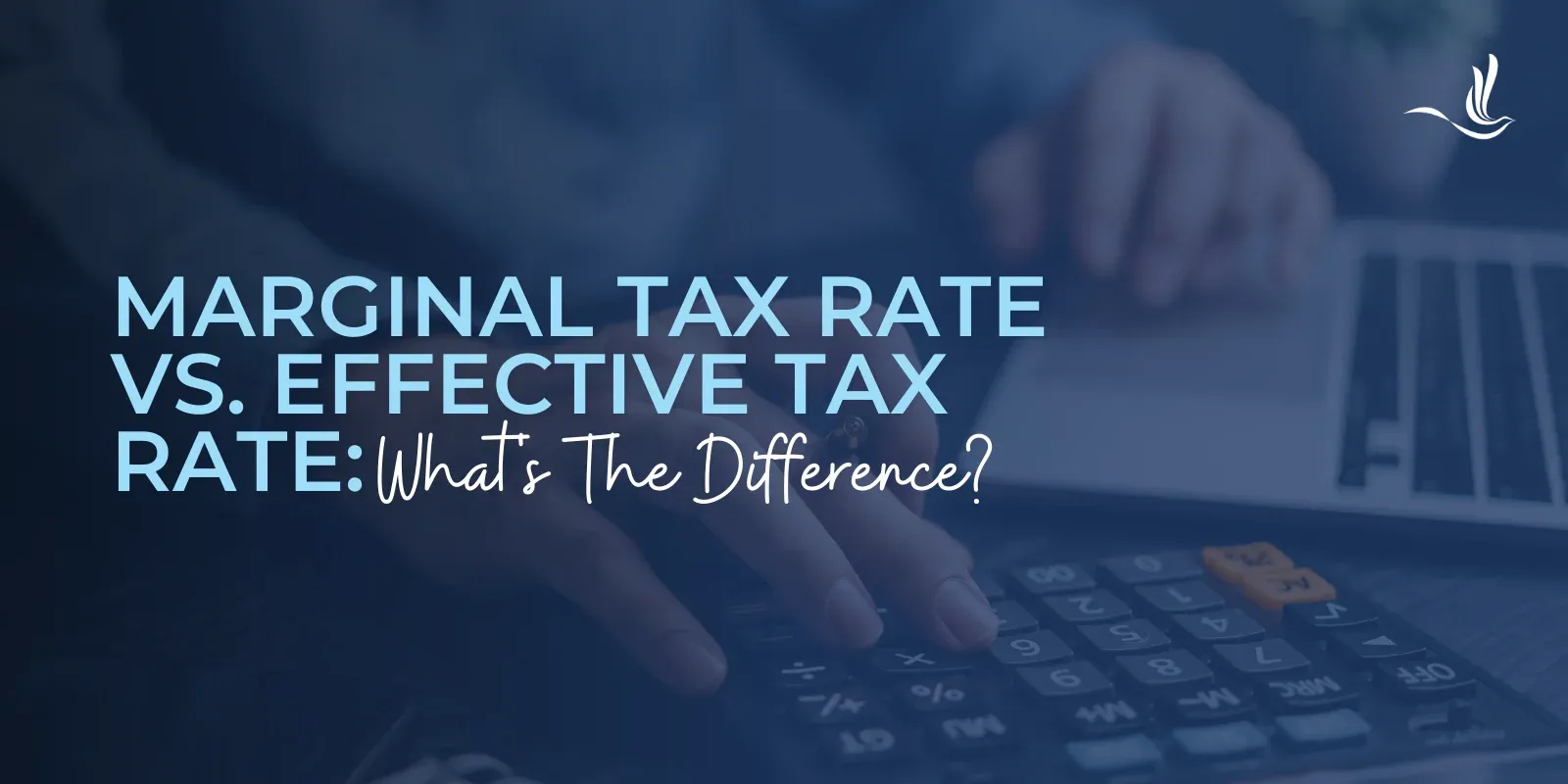The Trump and Biden administrations both saw fit to pause student loan payments and interest for the duration of the pandemic. The Department of Education and the White House have estimated that the cost of the student loan pause is $5 billion per month. However, using more accurate accounting, we find the true cost of the student loan pause to be $8.5 billion per month.
This number does not include other pandemic related student loan relief such as the PSLF waiver program. The prime reason that both administrations underestimate the cost of the pandemic student loan relief is due to not accounting for the cost of paused IDR payments.
Perhaps one reason why broad cancellation has not occurred yet is due to concerns over cost.
However, when we look at more accurate numbers of the cost of the student loan pause, we will see that the total costs are comparable to cancellation proposals such as $10,000 for every borrower.
1. How does the government calculate the cost of the student loan pause? 2. What is the cost of paused IDR payments during the pandemic? 3. What is the aggregate cost of paused income-driven payments? 4.What is the total cost of the student loan pause during the pandemic? 5. Total student loan pause bill 6. How the student loan pause could have been student loan cancellation
How does the government calculate the cost of the student loan pause?
The Biden Administration recently cited that the student loan pause helps borrowers save $5 billion per month.
Of the more than $1.6 trillion federal student debt, approximately $170 billion belongs to commercial lenders, whose loans are backed by the government, but not owned by the government.
That leaves roughly $1.4 trillion that would be subject to the pause in interest.
The government’s estimate of $5 billion a month, times 12, is $60 billion a year.
$60 billion per year, divided by $1.4 trillion, works out to an aggregate interest rate of 4.3% on the total debt.
This makes sense, as the subsidized loans average interest rate is 3.8% and the PLUS Loans average rate is in the 6.4% range.
But it’s an interest-only cost estimate. Paused payments during the pandemic count toward income driven repayment (IDR) plans and student loan forgiveness.
The NY Fed projects that this pause has saved borrowers approximately $195 billion in payments during the duration of the pandemic.
The government has not estimated the cost of paused payments perhaps because they expect these payments will eventually be received at a later date.
However, this isn’t the case for IDR plans.
What costs should be measured for the pause?
Adding the entire cost of paused IDR payments at first glance might not make sense. However, this is how we measure the cost of paused interest.
Nonsensically, the government measures growing accrued interest for borrowers on IDR plans as profit even though it will be forgiven. Perhaps this is because if borrowers choose to pay off the loan instead, then this interest income would be profit.
Similarly, not all borrowers on IDR plans will pursue forgiveness. However, since the credited payments toward IDR plans during the pause counts toward forgiveness, a similar accounting measurement would treat the entire cost of the paused IDR payments.
The number of borrowers on income-based repayment does not include the many borrowers who have graduated since March 2020 and who have not yet applied, but who will likely receive credit for months after their grace period.
There are also additional student loan relief programs that could only be implemented through executive action thanks to the HEROES Act of 2003, which gives additional powers to the executive branch over student loans in periods of national emergency.
What is the cost of paused IDR payments during the pandemic?
Borrowers on IDR plans may or may not pursue forgiveness long term, but the large majority of them will.
Furthermore, borrowers who have not yet submitted their IDR paperwork are not included in the numbers yet.
Presumably, the Department of Education will give credit for IBR plans to these borrowers for the period after their six-month grace periods would have ended after graduation.
So to calculate the cost of paused IDR plans during the pandemic, we need to know the number of borrowers on each repayment plan. We also need an estimate of what the typical borrower would pay under each of the four income-driven options.
How many borrowers are on each income-driven repayment plan?
Here are the number of borrowers on each IDR plan from September 30, 2021, published by the Department of Education.
Plan
Number of Borrowers
Income Contingent Repayment (ICR)
770,000
Income-Based Repayment (IBR)
3,530,000
Pay As You Earn (PAYE)
1,520,000
Revised Pay As You Earn (REPAYE
3,340,000
In total, there are 9.16 million borrowers using income-driven repayment plans on Department of Education owned student loans.
How much is the average IDR payment?
Ideally, the Department of Education would provide this number, but I have not found it published anywhere.
Some borrowers would pay $0 and high-income attending physicians pursuing PSLF would pay thousands a month.
Prior Federal Reserve research has found the average student loan payment to be $393 a month.
We will need to calculate the average IDR payment for the four different sets of IDR payment options.
Calculating the average payment on PAYE, REPAYE, ICR and IBR
The average starting salary for the class of 2020 was $55,260, according to the National Association of Colleges and Employers.
Most borrowers utilizing IDR plans completed college, and many have graduate degrees. Additionally, most are not recent graduates, with the average Direct student loan borrower having a median age of 33.
Hence, using the average college graduate’s starting salary is a reasonable assumption to use to calculate the different monthly payments for the various IDR plans.
Using Student Loan Planner’s payment calculator, this is the monthly payment for the four different IDR plans using the latest 2022 federal poverty line guidelines:
Plan
Average Monthly Payment
ICR
$690
IBR
$433
PAYE
$288
REPAYE
$288
What is the aggregate cost of paused income-driven payments?
To calculate the cost of paused payments per month for each plan, we simply need to multiply the average payment by the number of borrowers utilizing the plan. More borrowers use more generous plans like PAYE and REPAYE instead of the less generous IBR and ICR plans, but IBR and ICR plans have higher average payments.
Here’s the total cost:
Plan
Total Cost (per indicated plan)
ICR
$531,300,000
IBR
$1,528,490,000
PAYE
$437,760,000
REPAYE
$961,920,000
TOTAL (all plans): $3.46 billion per month
What is the total cost of the student loan pause during the pandemic?
The Department of Education estimates that pausing student loans during the pandemic has cost $5 billion per month.
However, that figure represents only the interest pause cost.
When we add the $3.5 billion cost of paused income-driven payments counting for forgiveness, the total cost of the student loan pause is $8.5 billion per month.
If the pause expired on May 1, 2022, borrowers will have received relief for about 25.5 months.
Additional relief would add $8.5 billion per month to the total.
Additional relief from the PSLF waiver
The PSLF waiver also represents additional relief due to the pandemic. As of early March, the White House announced borrowers had seen $6.2 billion discharged. This figure is almost certain to rise steeply in the months ahead before it expires on October 31, 2022.
The White House also estimates 550,000 borrowers will get 2 years closer to forgiveness because of the waiver. If we assume the borrowers use the REPAYE program with an average payment of $288 a month, the total relief from this additional forgiveness credit would be $288 x 12 x 550,000 = $1.9 billion.
Total student loan pause bill
Hence, our current estimate of the total cost of the student loan pause would be [$5 billion (interest pause) + $3.5 billion (IDR pause)] x 25.5 + $6.2 billion (PSLF waiver discharge) + $1.9 billion (additional PSLF payment credit) = $224.85 billion.
If the White House were to extend the student loan pause until the end of the year as some senators have requested, that estimated cost would rise to $284 billion.
Our current student loan pause cost estimate is far higher than a recent Department of Education report, which cited the cost as “at least $95 billion.”
How the student loan pause could have been student loan cancellation
Experts and organizations trying to measure the cost of canceling $10,000 of student debt for every borrower have come up with estimates between $245 billion and $377 billion.
At a minimum, there is more pandemic relief on the way from the PSLF waiver.
That will raise the cost above $225 billion. There could also be additional student loan pause extensions and relief.
With the length of the student loan pause, the cost of the pause at this point is approaching canceling $10,000 for all borrowers. If the pause extension continues or more borrowers sign on for the PSLF waiver than expected, the cost of the pause could exceed student loan cancellation at the $10,000-level promised by President Biden during the 2020 campaign.
Borrowers with more debt received more relief from the pause than those with less debt due to the math of the interest pause.
Borrowers with higher incomes received more benefit from paused IDR payments since these are based on income.
Many public servants received complete forgiveness, but not those in low-income fields doing essential services while working at a for-profit company, like a grocery store or home health care company.
Some progressive activists have stated, “if they can pause student loans, they can cancel them.”
What many do not realize is that we’ve already spent a similar amount on the cost of the student loan pause. Policymakers will decide what’s needed next for borrowers who were mostly left behind by the pandemic student loan relief.
Get a Student Loan Plan Refinance student loans, get a bonus in 2022 1 Disclosures $1,050 BONUS1 For 100k+. $300 bonus for 50k to 99k.1 VISIT LAUREL ROAD Variable 1.64-5.65%1 Fixed 2.25-5.75%1 2 Disclosures $1,000 BONUS2 For 100k+. $300 bonus for 50k to 99k.2 VISIT SPLASH Variable 1.74-6.52%2 Fixed 1.99-6.25%2 3 Disclosures $1,000 BONUS3 For $100k or more. $200 for $50k to $99,9993 VISIT SOFI Variable 1.74-8.02%3 Fixed 2.49-8.02%3 4 Disclosures $1,000 BONUS4 For 100k or more. $200 for 50k to $99,9994 VISIT EARNEST Variable 1.74-7.99%4 Fixed 2.47-7.99%4 5 Disclosures $1,050 BONUS5 For 100k+. $300 bonus for 50k to 99k.5 VISIT COMMONBOND Variable 2.00-6.86% APR5 Fixed 2.49-6.74% APR5 6 Disclosures $1,275 BONUS6 For 150k+.Tiered 300 to 575 bonus for 50k to 149k.6 VISIT ELFI Variable 1.86-6.01%6 Fixed 2.43-5.99%6 7 Disclosures $1,250 BONUS7 For $100k or more. $100 to $350 for $5k to $99,9997 VISIT LENDKEY Variable 1.90-5.25%7 Fixed 2.49-7.75%7 8 Disclosures $1,250 BONUS8 $350 for 50k to 100k8 VISIT CREDIBLE Variable 1.83-8.02%8 Fixed 2.15-8.73%8 Not sure what to do with your student loans?
Take our 11 question quiz to get a personalized recommendation of whether you should pursue PSLF, IDR forgiveness, or refinancing (including the one lender we think could give you the best rate).
Take Our QuizOriginal Article






